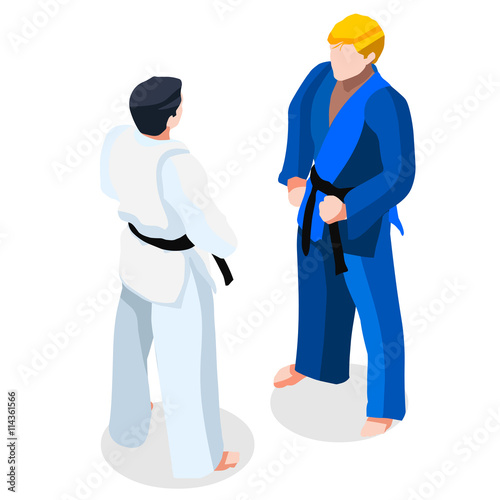Discovering The Different Styles Of Traditional Martial Arts: Which One Is Right For You?
Discovering The Different Styles Of Traditional Martial Arts: Which One Is Right For You?
Blog Article
Short Article Written By-Freeman Mclaughlin
When it comes to standard martial arts, discovering the best style can really feel overwhelming. visit this site offers unique viewpoints and techniques that satisfy different interests and goals. Whether you're looking for Self-Defense, physical conditioning, or psychological self-control, there's a martial arts that can fulfill your needs. So, just how do you choose the one that's ideal for you? Let's check out martial arts with sticks near me and what they can offer you.
Understanding the Philosophy Behind Martial Arts Styles
While lots of people see martial arts just as a way of Self-Defense or physical conditioning, comprehending the deeper viewpoint behind these styles can dramatically improve your method.
Each fighting style embodies unique principles and worths that assist you on and off the floor covering. As an example, self-controls like martial arts emphasize respect and discipline, while others, like tai chi, focus on harmony and equilibrium.
By delving right into these viewpoints, you'll uncover how they form your frame of mind, enhance your emphasis, and foster personal development. Welcoming this thoughtful facet can assist you develop strength, perseverance, and a greater feeling of area.
Eventually, involving with the underlying ideas behind martial arts can transform your trip from mere physicality to an extensive, alternative experience.
Popular Standard Martial arts and Their Special Benefits
Conventional martial arts include a varied range of styles, each offering distinctive benefits that can improve your physical and psychological wellness.
As an example, Martial arts emphasizes striking techniques, improving your dexterity and self-discipline. Taekwondo focuses on high-energy kicks, promoting adaptability and cardiovascular fitness. Judo instructs grappling and tossing techniques, fostering equilibrium and tactical thinking.
On The Other Hand, Kung Fu combines fluid movements with meditation, boosting your focus and internal tranquility. Aikido emphasizes rerouting a challenger's energy, boosting your recognition and dispute resolution abilities.
Lastly, Brazilian Jiu-Jitsu fixate ground fighting, constructing strength and durability. By exploring these martial arts, you'll uncover which practice aligns with your interests and goals, allowing you to gain the special benefits each design has to supply.
Picking the Right Design Based on Your Goals and Interests
Finding the best martial arts style for you involves considering your individual objectives and rate of interests.
If you're aiming to improve health and fitness, styles like Tai Chi or Kickboxing could fit you. For Self-Defense, take into consideration Krav Maga or Brazilian Jiu-Jitsu. If you're drawn to self-control and practice, Karate or Taekwondo could be your best choice.
Consider whether you choose a more liquid, stylish method or an effective, striking design.
Additionally, think about the neighborhood and atmosphere of the dojo or workshop-- do you want a competitive environment or an encouraging, family-like setup?
Make the effort to try a few classes, speak with teachers, and immerse on your own in the culture.
Inevitably, select a design that thrills you and aligns with your goals.
Conclusion
In your journey with typical martial arts, keep in mind that each design uses a special course to individual growth and self-discovery. By checking out various dojos and getting in touch with teachers, you'll discover the technique that resonates with you. Whether you seek Self-Defense, physical fitness, or a much deeper philosophical link, there's a martial arts waiting to enrich your life. Welcome the experience, and let your enthusiasm guide you to the appropriate design that fits your objectives
